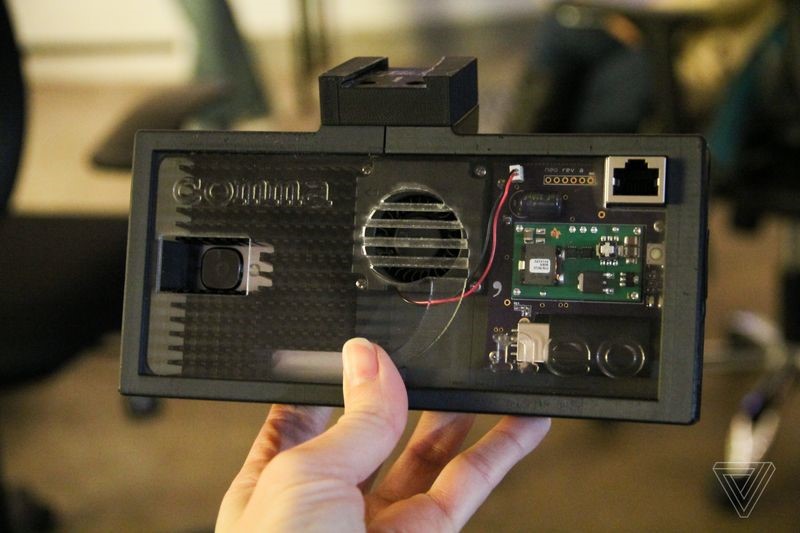
If the current niche in the tech start-up scene matures alongside 5G wireless connectivity, then the future of self-driving technology may not lie in the wall-garden approach of automakers like Tesla and Ford, but in software as a service. Right now, start-ups like Comma.Ai are establishing software foundation based on the democratized input of anyone who wants to upload driving data. And in the eyes of Comma.Ai, contributing is mutually beneficial. The San Franciscan start-up recently gave away the source code and plans for the aftermarket self-driving platform it once aimed to sell.
Comma.Ai’s move isn’t driven by altruism, but the desire to sidestep legal complications with the National Highway Traffic Safety Administration (NHTSA) by transitioning from a Tesla business model to one resembling Google’s approach to Android: provide a free platform while encouraging consumers to use your services.
Rather than sell a hardware solution, Comma.Ai distributes its self-driving software freely on Github as well as the plans needed to build the neo “open-source robotics research platform.” The instructions include all of the required tools and parts, making assembly a relatively straightforward process for anyone with a basic knowledge of electronics.
Within only a few days, people like Brevan Jorgenson, a University of Nebraska senior, have already downloaded the plans and built the neo. Jorgenson represents a growing branch of the maker movement focused on tinkering with automobiles and imbuing them with hardware powered by open-source software like Comma.Ai’s Open Pilot.
Open Pilot won’t turn your car into an autonomous vehicle in the Google sense of the term, but it does endow late-model Hondas and Acuras with driver-assistance capabilities like “lane-keep assistance,” similar to Tesla’s Autopilot 7. Speaking with MIT Review , Jorgenson claims that the neo “worked phenomenally” when first put to the test one January night after class.
Users must assemble the neo themselves, with parts costing up to $700 — $400 for the OnePlus 3 Android phone and $300 for the remaining hardware. Running the Open Pilot requires the installation of a special OS called the NeoOS, and the OnePlus 3 is one of the few phones on the market to include an unlockable bootloader that allows the installation of custom OS while maintaining top-tier specs like the Qualcomm Snapdragon 820 SoC and Adreno 530 GPU.
Despite the OnePlus 3’s balance of quality and affordability, the neo doesn’t rely on any of its features save for the rear-facing camera and the GPS; voice control and visual notifications are nonexistent. One other major tradeoff worth noting is the fact that vehicle support is restricted to the 2016 Acura ILX with Acura Watch Plus and the 2016 Honda Civic Touring.
But at least you’ll have the equivalent of Tesla’s AutoPilot 7 without much of a monetary investment (relative to the price of an actual Tesla). And like Tesla’s AutoPilot program, Open Pilot provides six minutes of self-driving without user interference. If drivers don’t grasp the wheel within the allotted timeframe, the car begins to decelerate.
Comma’s free Open Pilot software isn’t a finished product, but alpha software intended for research, feeding the company’s neural network with crowdsourced data from its user. As the data pool grows, so, too, will its ability to compete with Tesla’s AutoPilot 8.
Other firms attempting to bridge the software gap include the Illinois-based AutonomouStuff, providing a “completely customizable R&D Vehicle Platform used for advanced driver-assistance systems (ADAS)” through a bevy of sensors, GPS, and software. There’s also FiveAi, a startup based out of Bristol, UK, that aims to produce “a reliable autonomous vehicle software stack” focused on sensor fusion, computer vision, and a neural network. You can read about seven other such companies here .
Source: Comma.Ai, GitHub, and MIT Review
Advertisement
Learn more about Electronic Products Magazine





